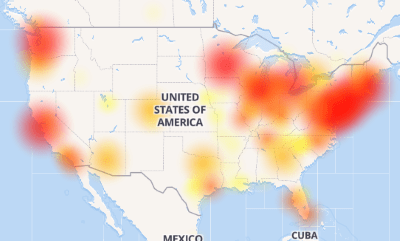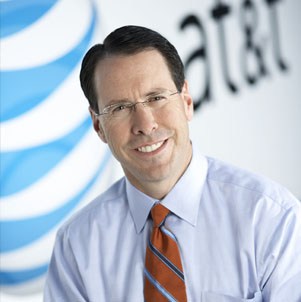
Stephenson
AT&T’s top executive has found himself uncomfortably caught in a political fracas pitting Trump loyalists who want to punish CNN, career staffers that claim they are genuinely concerned about the media concentration that would result from AT&T’s multi-billion dollar acquisition of Time Warner, Inc., and Trump critics rushing to defend whatever they perceive the administration is against.
A frustrated Randall Stephenson, AT&T chairman and CEO, appeared at The New York Times Dealbook Conference in New York Thursday to talk about his astonishment that the company’s merger has become a public political hot potato that theorizes on President Donald Trump’s active dislike of CNN and opponents of the president who suspect the Trump Administration is attempting to punish the news media for its negative coverage of the president.
“I have never been told that the price of getting the deal done was selling CNN, period. And likewise I have never offered to sell CNN,” Stephenson said, refuting rumors that emerged in a Financial Times piece on Wednesday that claimed AT&T would have to dump CNN to get its merger deal approved. “There is absolutely no intention that we would ever sell CNN.”
While repeatedly stressing his conversations with the Department of Justice were strictly confidential, Stephenson was willing to publicly deny that CNN was ever discussed as part of the merger review. Stephenson was not so willing to comment on rumors the DoJ was seeking a divestiture of DirecTV, which AT&T acquired for $48.5 billion in 2014.
Stephenson declared it “makes no sense” to sell CNN or Turner Broadcasting, the Time Warner-owned division that runs TBS, CNN, Headline News, TNT and other cable channels.
“There is a lot of information and data that we think can be used to stand up a new advertising business,” Stephenson said. “Pairing that with the Turner advertising inventory is a really powerful thing, we believe. That is what we aspire to do. Selling CNN makes no sense in that context.”
AT&T CEO Randall Stephenson: ‘I have never been told that the price of getting a deal done was selling CNN’ from CNBC. (2:19)
The political backlash that has since emerged may actually help AT&T’s PR effort to win approval of the deal as Trump critics now rush to defend AT&T as a victim of presidential authoritarianism.
Bloomberg News published an editorial this afternoon calling for the merger to be approved just to stick it to the Trump Administration:
You don’t have to be a fan of the merger to realize that there is something seriously wrong here. As others have noted, the merger appears to be in trouble for a worrisome reason: President Donald Trump hates CNN and wants to inflict some punishment.
That Trump has long opposed the merger is hardly a secret. During his campaign, he said that if AT&T and Time Warner were allowed to combine it would “destroy democracy.” He put out a campaign statement vowing to “break up the new media conglomerate oligopolies” that “are attempting to unduly influence America’s political process.”
As for his antipathy towards CNN, it’s been a running subplot ever since he decided to run for president. He bashed the station all through the campaign and hasn’t let up as president, accusing it of being one of the media outlets that trafficks in “fake news.” A few months ago, he shockingly tweeted an image of a train running over a CNN reporter.
Trump has every right to oppose the deal and to criticize CNN; as they say, it’s a free country. But he doesn’t have the right to bend the Justice Department to his will. Yet that appears to be what is happening. That antitrust expert who said last year that the deal didn’t pose any problems? Makan Delrahim is now the head of the Justice Department’s antitrust division. And wouldn’t you know it: He’s suddenly had a change of heart about the antitrust implications of the deal.
[…] It is appalling that the Justice Department’s antitrust department appears poised to do Trump’s bidding. The good news is that AT&T has vowed to go to court if the government tries to block the merger. So far, the judiciary has been the branch of government that has stood up to the president’s authoritarian impulses. I never thought I would be rooting for two very big companies to combine into one giant company, but I am. If the AT&T-Time Warner merger goes through, it will mean that the rule of law has won. At least for now.
AT&T couldn’t be luckier if the deal becomes a referendum on whether the Trump Administration is opposing the deal as part of a personal political dispute. Suggesting it is “good news” for AT&T to go to court to win its merger may make AT&T feel better, but ordinary consumers and ratepayers are once again forgotten in the debate over media consolidation.
AT&T CEO Randal Stephenson: Sale of CNN never came up with Department of Justice from CNBC. (5:45)


 Subscribe
Subscribe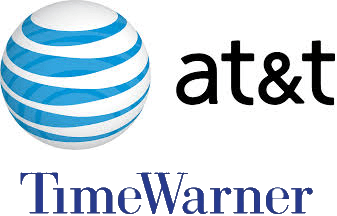 WASHINGTON (Reuters) – U.S. antitrust regulators believe that AT&T Inc’s proposed acquisition of Time Warner Inc would raise costs for rival entertainment distributors and stifle innovation, a Department of Justice official told Reuters on Thursday.
WASHINGTON (Reuters) – U.S. antitrust regulators believe that AT&T Inc’s proposed acquisition of Time Warner Inc would raise costs for rival entertainment distributors and stifle innovation, a Department of Justice official told Reuters on Thursday. Defenders of FCC Chairman Ajit Pai are rushing to defend the Republican majority’s likely support for an initiative to roll back the FCC’s 25/3Mbps speed standard embraced by his predecessor, Thomas Wheeler.
Defenders of FCC Chairman Ajit Pai are rushing to defend the Republican majority’s likely support for an initiative to roll back the FCC’s 25/3Mbps speed standard embraced by his predecessor, Thomas Wheeler. Kampis’ piece, like many of those published on Watchdog.org, distorts reality with suggestions that communities with 50Mbps broadband service will now be ripe for government handouts. He depends on an unnamed source from
Kampis’ piece, like many of those published on Watchdog.org, distorts reality with suggestions that communities with 50Mbps broadband service will now be ripe for government handouts. He depends on an unnamed source from 
 Kampis claims to be an investigative reporter, but he didn’t venture too far beyond regurgitating press releases and talking points from big phone companies and opponents of municipal broadband. If he had spent time reviewing correspondence sent to the FCC in response to the question of easing broadband speed standards, he would have discovered the biggest advocates for that are large phone companies and wireless carriers that stand to benefit the most from the change.
Kampis claims to be an investigative reporter, but he didn’t venture too far beyond regurgitating press releases and talking points from big phone companies and opponents of municipal broadband. If he had spent time reviewing correspondence sent to the FCC in response to the question of easing broadband speed standards, he would have discovered the biggest advocates for that are large phone companies and wireless carriers that stand to benefit the most from the change.
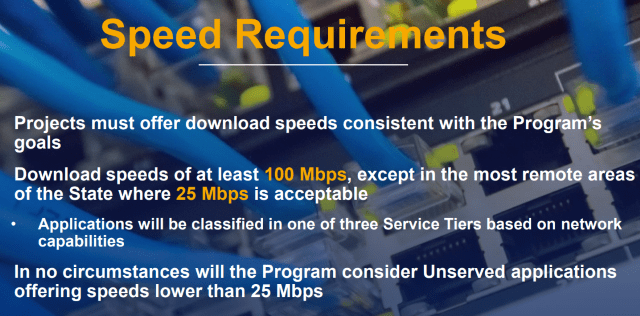
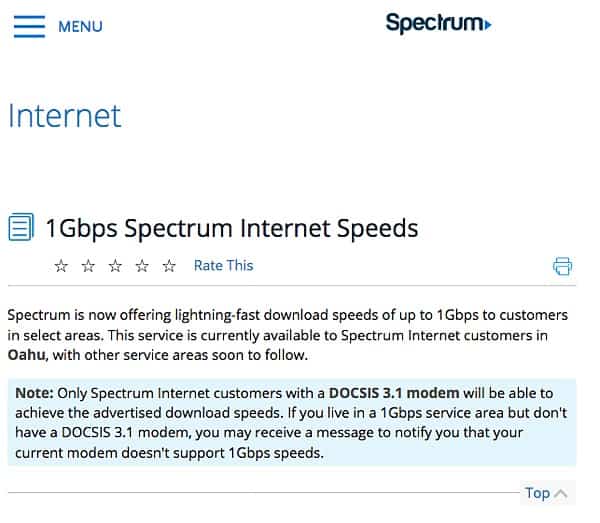
 Charter is facing competitive pressure from Google and telephone company competitors upgrading to fiber to the home service. Hawaiian Telcom, for example, now offers
Charter is facing competitive pressure from Google and telephone company competitors upgrading to fiber to the home service. Hawaiian Telcom, for example, now offers 
